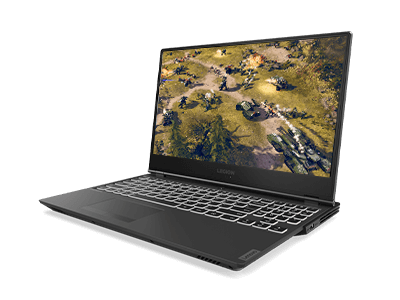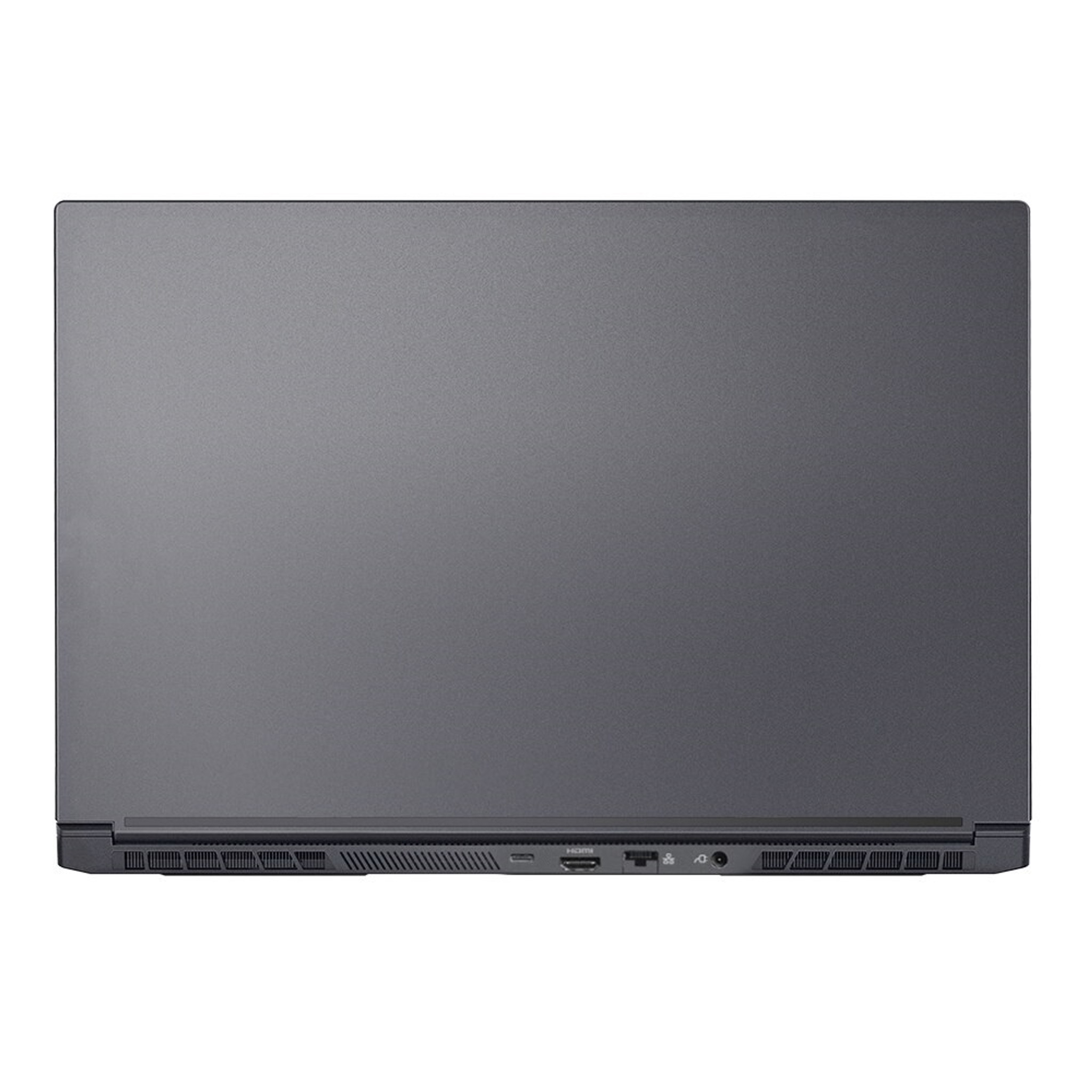Many computer hardware components, like a video card, sound card, or motherboard, require drivers to be installed to function properly. How a driver is saved and packaged determines how it is installed. Below is information about each of the methods developers use to distribute their drivers and install them in Microsoft Windows. Additionally, there are some general insights to help prevent frustrations during the process.
TipShop Cape Cod Community College Laptops, Desktops & Accessories at the Bookstore. Flat-Rate shipping. At Best Buy Cape Cod, we specialize in helping you find the best technology to fit the way you live. Together, we can transform your living space with the latest HDTVs, computers, smart home technology, and gaming consoles like Xbox One, PlayStation 4 and Nintendo Switch. Shop Cape Cod Community College Laptops, Desktops & Accessories at the Bookstore. Flat-Rate shipping. $10 Credit with Online Order. Carrier Shipping Delays. Apple Pay & PayPal Accepted. $10 Credit with Online Order. Get $10 off your next spirit or supplies purchase of $25 or more. with your online order. Offer code will be emailed. Computer Stores in Cape Cod on YP.com. See reviews, photos, directions, phone numbers and more for the best Computer & Equipment Dealers in Cape Cod, MA.
In most situations, the drivers are installed after the hardware has been installed or connected to the computer. If you need help installing hardware, see: How to install computer hardware.
Drivers from a CD or DVD
Almost all computer and hardware manufacturers include a group of drivers for different hardware devices and often for each of the supported versions of Windows. For example, the driver CD you receive with your printer likely contains the drivers for many different printers and may not have the printer you purchased. When installing the drivers, make sure you are install the drivers for your printer and not another printer model. Also, make sure you are installing it for the version of Windows you are running on your computer.
Below is an example of how a file structure may look on your disc.

For example, if you had a PrinterA200 and were using Windows XP, you would find your drivers in the PrinterA200WinXP folder. Once the location of the drivers is found, you must determine how the drivers are packaged. If the folder contains executable files or a setup file, you can install the driver using an executable. If the directory contains .inf files, you can install the driver using an inf or use the 'have disk' option during the install.
TipIf you have a CD with drivers, but the computer has no functioning disc drive, you can also download the drivers. Or, if you have access to another computer, you can copy the drivers from the CD to a USB flash drive. For help with copying files, see: How to copy files.
Installing drivers from a USB drive or floppy
After the drivers are copied to a USB flash drive, floppy, or another drive, they can also be installed from that drive. Once the drive is connected to the computer, open Windows Explorer and then the drive letter for the computer drive. For example, if you have a USB drive that is assigned the E: drive when connected, you would open the E: drive.
Once the drivers are found on the drive, you must determine how the drivers are packaged. If the directory contains executable files or a setup file, you can install the driver using an executable. If the directory contains .inf files, you can install the driver using an inf or use the 'have disk' option during the install. If the drivers are compressed into a .zip file, you need to uncompress the file.
Downloading and installing a driver
TipIf you have not yet downloaded the drivers, you can find drivers for your computer through the computer or device manufacturer. For links to the websites of prominent computer hardware manufacturers, see our hardware drivers index.
 Tip
TipIf you're downloading drivers to install on another device, you can copy or extract the files to a USB flash drive and connect it to the other computer.

After the drivers are downloaded, you must determine how the drivers are packaged. If the directory contains executable files or a setup file, you can install the driver using an executable. If the directory contains .inf files, you can install the driver using an inf or use the 'have disk' option during the install. If the drivers are compressed into a .zip file, you need to uncompress the file.
TipWhen extracting the drivers, remember where the folder containing the drivers is located since it needs to be known during the driver installation process. We recommend extracting files to a folder on the Windows desktop, as it's an easy place to remember.
Installing a driver from an executable
Today, many computer and hardware manufacturers are pre-packaging their drivers into executable files or have the drivers installed through the setup file. Double-clicking the executable or setup file should install the drivers to the computer for you.
NoteThe executable may be packaged in a compressed file, which means before looking for the setup file, it needs to be uncompressed. For help with uncompressing a file, see: How to extract or decompress a compressed file. If, after uncompressing the file, it still doesn't contain an executable file, setup file, or doesn't install your hardware device, continue with the below recommendations.
Finally, if you're successful with installing your drivers and the computer asks to reboot the computer, make sure to reboot the computer after the driver is installed.
Using the 'have disk' option to install drivers
A computer or hardware manufacturer may place the drivers on a CD, diskette, or folder on the hard drive for Windows to find and use during its hardware detection. Below are steps on how to install drivers for a new device and upgrade a device's driver for this setup.
Installing a new device
- Open the Windows Device Manager.
- In the Device Manager, make sure the device you are attempting to install is not already listed from past install attempts. If the device is found, highlight and remove it from Device Manager to prevent any conflicts during the install.
- Once Device Manager looks okay, reboot the computer.
- As the computer is rebooting, an Install new hardware wizard should appear if Windows detects the new hardware. Using this wizard, point Windows to the folder containing your drivers on the CD, diskette, USB flash drive, or the folder containing the files you downloaded.
If Windows does not detect any new hardware, open the Control Panel and double-click the Add hardware icon to run the hardware detection wizard. During the steps, you have the option to install custom Windows drivers from a location on disk. Choose to load drivers, then select the folder containing the drivers for your device.
NoteThe 'Add hardware' icon is only available in Windows XP and prior versions of Windows.
Once drivers are installed, reboot the computer.
Upgrading drivers for a pre-existing device
- Open the Windows Device Manager.
- In the Device Manager, locate the device you want to update.
- Right-click the device and click Properties.
- In the Properties window, click the Driver tab.
- Click the Update Driver button.
- In the Hardware Update Wizard, point Windows to the location of the updated driver files on your hard drive.
Cape Cod Times
Once drivers are installed, reboot the computer.

Install a driver using a .inf file
Finally, if the above recommendations don't work, the installation instructions for drivers and hardware devices can be contained in the driver .inf file.
Locate the .inf file for your version of Windows. Right-click that file and choose the option for install.
NoteMake sure you install the correct .inf file and not a .inf file for another device or a different version of Windows.
Once you have right-clicked and installed the driver, reboot the computer.
One of the above three recommendations should have installed or updated the drivers successfully onto the computer. If you are still having difficulties getting the device to install, it is possible you are not encountering a hardware issue and not an issue with the drivers. Refer to the troubleshooting steps for your hardware device for additional help and information.
Additional information
- See the driver definition for further information and related links.
More commonly known as a driver, a device driver or hardware driver is a group of files that enable one or more hardware devices to communicate with the computer's operating system. Without drivers, the computer would not be able to send and receive data correctly to hardware devices, such as a printer.
Cape Cod Laptops Deals
What devices need drivers?
Things To Do In Cape Cod
Hardware devices that are unknown by the operating system or that have features that are unknown by the operating system all require drivers. Below is a list of hardware devices and peripherals that require drivers.
What devices may not need drivers
Today's operating systems have a lot of generic drivers that allow hardware to work at a basic level without needing drivers or software. However, if that device has features unknown to the operating system, it will not work without drivers. For example, you could plug any keyboard into a computer and expect it to work. However, if that keyboard has any special keys or features, they will not work until the drivers are installed.
NoteThe operating systems generic driver may not be updated as often as the drivers from a hardware manufacturer or computer manufacturer.
What happens if a driver is not installed?
If the appropriate driver is not installed, the device may not function properly, if at all. With some devices, the device may work, but all of its features may not work. For example, a computer mouse usually works without drivers, but if it has more buttons than the traditional mouse, those extra buttons will not work until the drivers are installed.
For Microsoft Windows users, missing drivers may cause a driver conflict or an error that is shown in the Device Manager. If problems or conflicts are encountered with drivers, the computer manufacturer or hardware manufacturer releases a driver update to fix the problems. If updated drivers are available, those drivers need to be installed to replace the existing driver code.
Can a driver make my computer do more?
Installing a driver only makes the hardware installed in the computer function properly. If the correct driver is not installed, installing the latest driver for the hardware can take full advantage of the device. However, you cannot install a driver for hardware not installed in the computer and expect it to make your computer faster or more capable. In other words, installing video card drivers for a video card that's not installed in the computer does not give your computer all the capabilities of that video card. In this example, you'd need the video card hardware and the video card drivers to be installed.
Related pages
- Full listing of computer drivers and help documents relating to drivers.
Disk driver, DLL, Drivers CD, Hardware terms, INF, Input driver, Instructions, Mouse driver, Network device driver, Patch, Printer driver, Software terms, System software
